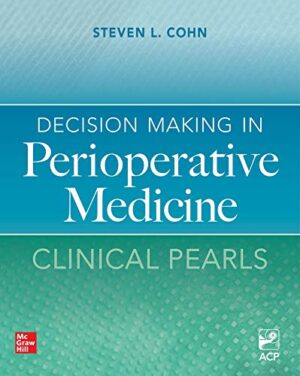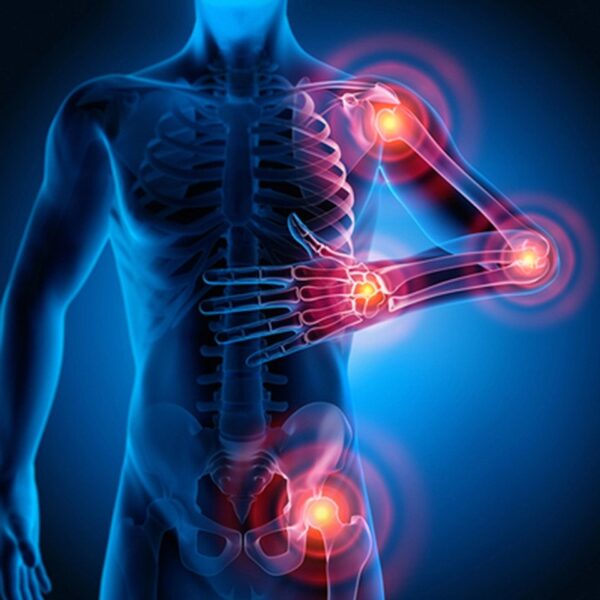About This CME Teaching Activity ▼
2024 A Practical Approach to Surgical Pathology: Volume X – A Video CME Teaching Activity This CME teaching activity has been designed to provide an extensive overview of some of the most common areas encountered by practicing surgical pathologists, including hepatobiliary, genitourinary, gynecologic, breast, and soft tissue pathology.
This course provides an overview of some of the most important diagnostic features which allow pathologists to make accurate diagnoses in each of these areas, as well as how to assess essential clues and avoid misdiagnosis. There is also a thorough discussion on the use of ancillary diagnostic techniques, including both immunohistochemistry and molecular diagnostics.
Educational Objectives ▼
At the completion of this CME teaching activity, you should be able to:
- Describe the most common spindle cell tumors of soft tissue and determine which immunohistochemical and molecular diagnostic techniques are most useful in separating these entities.
- Understand the most common difficulties in well-differentiated lipomatous neoplasms.
- Recognize the most common patterns of gastrointestinal stromal tumors of the stomach and small bowel, as well as become familiar with the most important differential diagnostic entities.
- Highlight the most common forms of endometrial cancer.
- Describe an approach to solid uterine neoplasms.
- Recognize the most useful features in recognizing dysplasia of the vulva.
- Understand the most common patterns seen in medical liver biopsies.
- Describe the diagnostic light microscopic and immunohistochemical features of hepatocellular carcinoma and its variants.
- Discuss an approach to resolving carcinoma of unknown primary.
- Recognize the most common papillary lesions of the breast.
- Cite the features of triple-negative breast carcinomas.
- Understand lobular carcinoma and its variants.
- Cite the management and reporting of post neoadjuvant therapy breast cancer specimens.
- Recognize the recent WHO classification of thyroid tumors.
- Understand the most common diagnostic pitfalls in prostate cancer diagnosis.
Program ;












